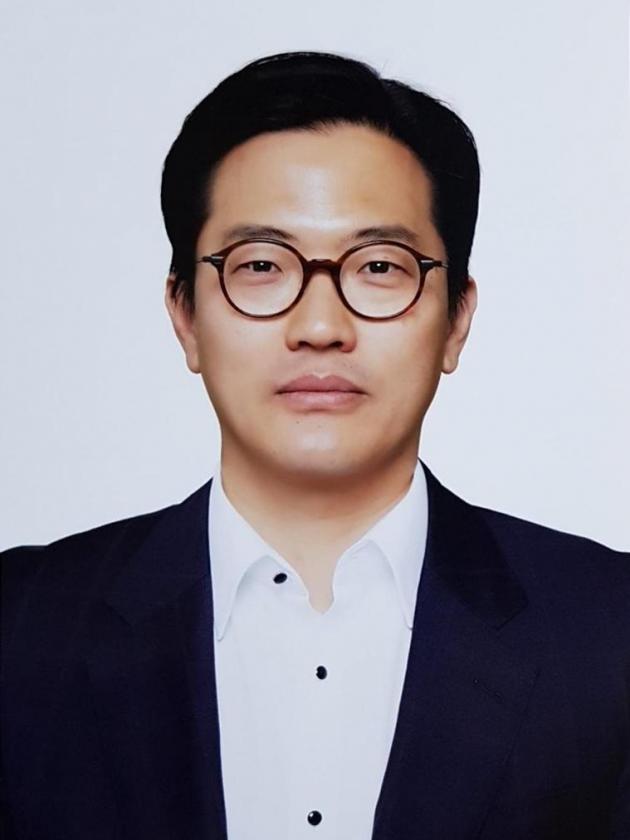
Seoul National University Bundang Hospital (SNUBH) said Thursday that the government has selected the hospital to lead the project on developing a biomimetic inorganic nanoparticle-based bone graft material.
The project, sponsored by National Research Foundation of Korea, a group under the Ministry of Science and ICT, plans to fund 2.4 billion won ($2.1 million) for five years. SNUBH intends to use the fund in developing a bone graft material that can help orthopedic and dental treatments by making raw materials that mimic the components and structures of minerals present in actual bones.
Bone graft materials are materials used to regenerate bones that are absorbed, lost, or destroyed by aging or trauma. As of now, there are three classifications -- autogenous bone, allogeneic bone, heterogeneous bone, and synthetic bone. However, existing bone graft materials have limitations such as low safety and low biocompatibility.
Also, the demand for bone graft materials will steadily increase as the government has recently reduced the burden of implant costs for seniors aged 65 years and older by 30 percent. Such low prices have highlighted the importance of developing improved bone graft and raw materials.
As the hospital plans to develop a material that can mimic the elements present in real bones, it expects that its new bone graft material will have high bone regeneration and fast biodegradability when compared with conventional products.
The research team, led by Professor Huh Chan-young, is planning to establish a company for the development of raw materials and bone graft materials and become the first enterprise established at the business incubation center in SNUBH. The center will provide medical device service platform and start-up infrastructure.
Professor Hwang Seok-yeon will carry out the development of raw materials for bone graft materials, and Professor Yoon Pil-young of the department of dentistry will conduct clinical trials to access the efficacy of the material.
Companies such as CG Bio and Darae Law & IP Group plan to assist the project regarding production equipment, commercialization of raw material for bone graft material and registering for patents.
The hospital also plans to extend its business scope to 3D printing medical devices, oral compositions, and cosmetics by expanding the application based on its excellent raw material technologies.
“By mimicking the minerals in the bone and using the raw materials for the bone graft material, the hospital expects to increase both the bone regeneration efficiency,” Professor Huh said. “Also, the successful application of the bone graft material will enable expansion to various medical devices.”

